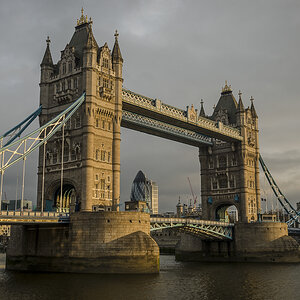Derrel
Mr. Rain Cloud
- Joined
- Jul 23, 2009
- Messages
- 48,225
- Reaction score
- 18,941
- Location
- USA
- Website
- www.pbase.com
- Can others edit my Photos
- Photos OK to edit
Solarflare said:Well, I disagree, IMHO the current trend in photography is getting bigger in sensor size.
If one looks at the total number of digital cameras, there is a veritable tidal wave of small-sensor imaging devices from 90% of the manufacturers. And then, there is a small bucket that holds the very few cameras that have 24x36mm or larger imaging sensors. Medium format digital sells something like fewer than 10,000 units per year world-wide, from what I've heard. So, to me, the idea of a trend means that the 90% majority is the trend, and the bigger sensor products are not "a trend", but merely outlying outposts along the fringes of the territory. The highest volume selling imaging devices are smartphones, which have very TINY sensors.



![[No title]](/data/xfmg/thumbnail/42/42055-105f2ee23a1fd79c786de42c5578274b.jpg?1619739992)



![[No title]](/data/xfmg/thumbnail/42/42397-30faa170de7ed9be38adf00b9b26a220.jpg?1619740167)
![[No title]](/data/xfmg/thumbnail/39/39645-11fae384f9fd2ec2813acc42adec0206.jpg?1619739148)




![[No title]](/data/xfmg/thumbnail/42/42054-e8278f89f6a543cad8fd644e37b064f3.jpg?1619739992)